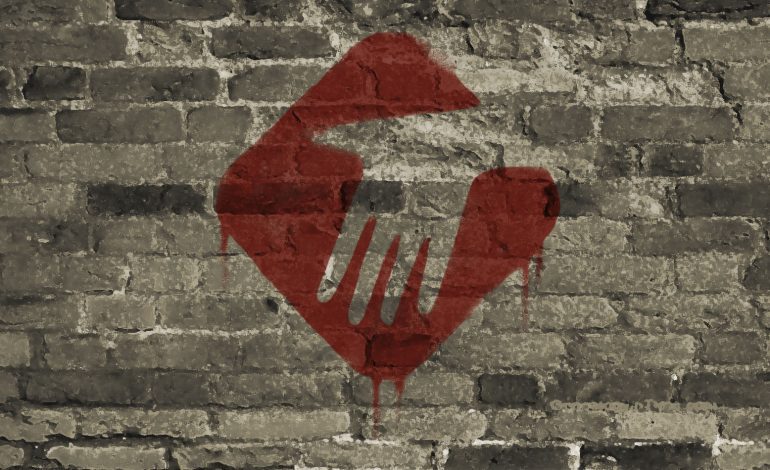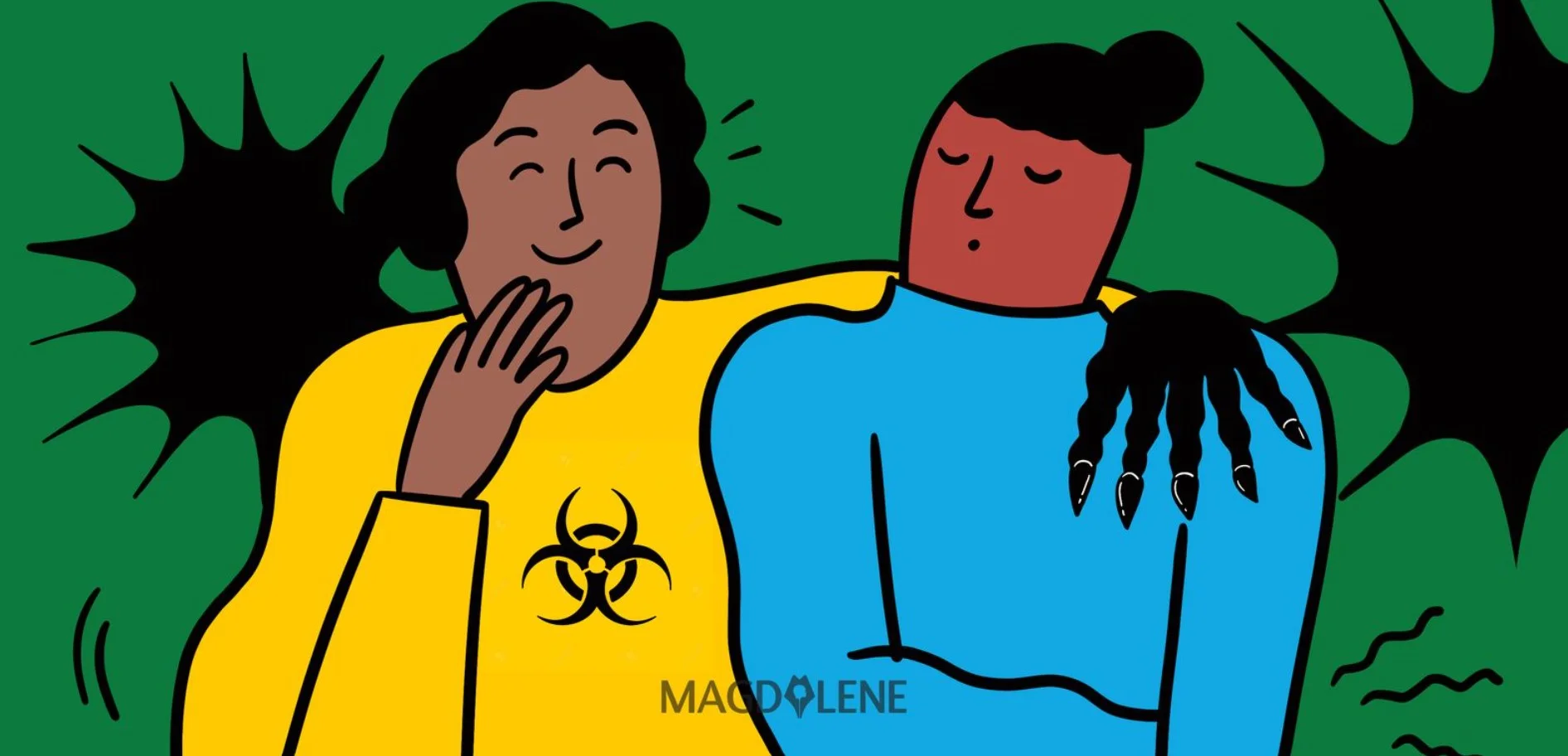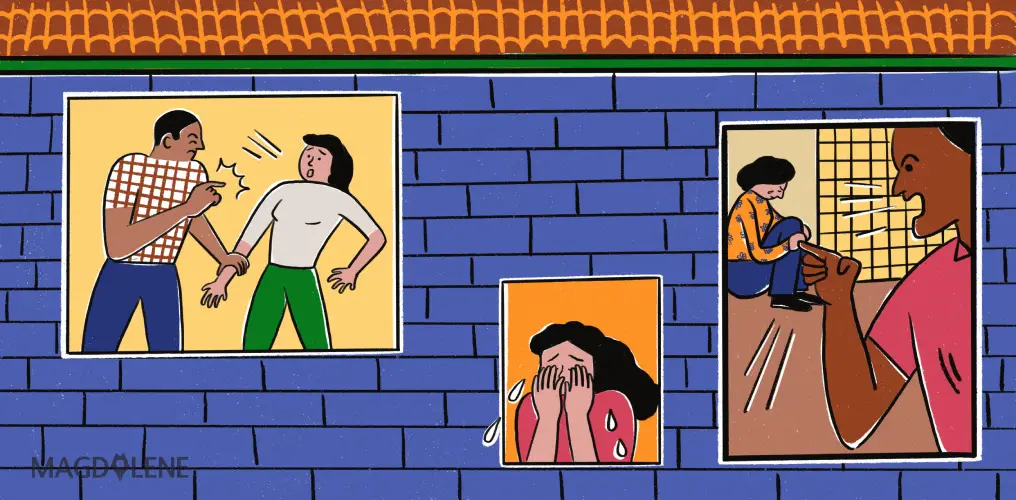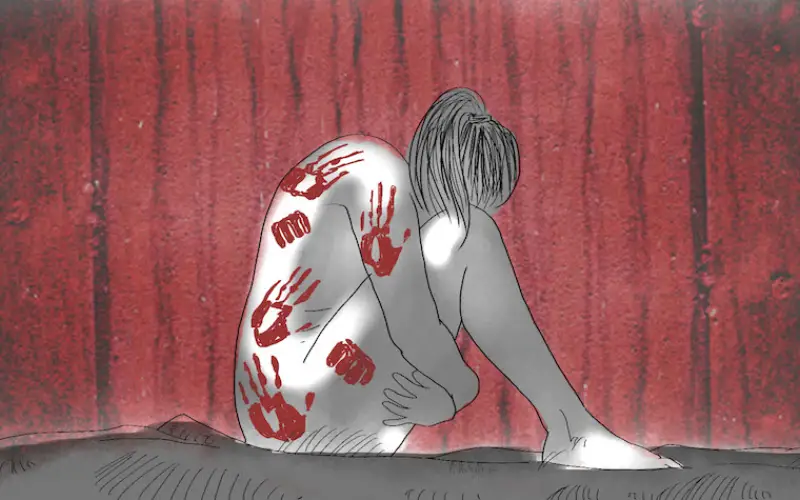Dick Pics, Porn Videos: The Rise of Online Gender-based Violence During Pandemic
Sexual harassment in the form of nude photos, sexual activity videos, and sexting increases during the pandemic.

Penis pictures and masturbation videos were the last thing “Nira” had wanted to see in her personal message inbox, especially in the middle of a pandemic. But those were exactly what the first-year high school student has been getting in her personal messages in her LINE account, especially after all school activities were moved to the home these past few weeks.
But it all began last year during orientation week when she first entered high school. Out of nowhere she started getting penis pictures and masturbation videos. Nira blocked the numbers that sent her those pornographic material, but she continued receiving them from fake accounts and new burner numbers.
Initially Nira didn’t intend to report. In fact, for a while she stopped getting the photos and videos, but during quarantine in the last few months, the sending began from the same perpetrator. She started panicking and felt terrorized, so two weeks ago she built the courage to report her case to the National Commission on Violence against Women (Komnas Perempuan).
Nira’s story was retold by Iqraa Runia Aprilia, a volunteer in the complaint unit for referrals at Komnas Perempuan. Iqraa said the number of reports on gender-based online violence had soared during the self-quarantine time aside from those of domestic violence.
“What’s interesting is that in the Komnas Perempuan Annual Report (CATAHU), most of the perpetrators of online gender-based violence are partners or former partners of the victim, but recent reports show the majority of the perpetrators are strangers,” Iqraa told Magdalene. Throughout March, 93 recorded reports of violence against women were filed to Komnas Perempuan and online gender-based violence being the highest number.
Similarly, the legal aid foundation for women Lembaga Bantuan Hukum Asosiasi Perempuan Indonesia untuk Keadilan (LBH APIK), also recorded an increase in reports of violence against women during the pandemic. From March 16 to April 15, 2020, this organization received 97 complaints consisting of verbal, physical, sexual, psychological, and economic violence. Domestic violence takes the first place with 33 cases, followed by gender-based online violence with 30 cases. In its statement released in April, most of the online gender-based violence cases reported ranged from sexual harassment, threats to spread intimate content with the motive of sexual exploitation, to extortion.
“The perpetrator often blackmails the victim with threats that they’d leak private photos or videos of the victim. When the victim has no money left, then they would report to us,” said LBH APIK Director Siti Mazuma to Magdalene.
Unlike most of the online gender-based violence cases reported to Komnas Perempuan during the pandemic, most of the perpetrators are former partners, friends in social media or dating apps, Mazuma said.
Also read: Voyeurism and Spy Cam Cases Rampant But No Legal Recourse
Traumatic
In the 2020 CATAHU, most online gender-based violence cases reported in the previous year were videos with sexual content that involved the victim, sent consensually by the victim and spread by the perpetrator. But during the physical distancing period, the average online gender-based violence reports that Komnas Perempuan received were images or videos of penis or masturbation via direct message to the victim on Instagram or Twitter by perpetrators who use fake account.
Because Komnas Perempuan doesn’t have the mandate to assist victims directly, victims who report to the commission will be referred to a variety of other organizations that they have partnership with according to the victim’s needs. According to Iqraa, for online violence cases, Komnas Perempuan has several partners, but because of the work-from-home policy, the one that has been responsive enough to accept and handle those cases is SAFEnet – an organization that advocates the digital rights of citizens in Southeast Asia.
In many of the cases – including those reported before the pandemic, victims are worried that videos or photos of them of sexual nature are spread by the perpetrator to the people close to them.
“There are gender-based online violence victims who are traumatized that their photos and videos are spread to their followers on social media. Because of that, the victim usually wants their photos and videos erased quickly from the internet more than they want to take legal steps to arrest the perpetrator,” said Iqraa.
While facilitating the victims, LBH Apik advocates different methods to victims according to their needs.
“If the victim still feels the perpetrator cannot be talked to reasonably, we call the perpetrator and write a letter stating the perpetrator will not repeat their actions which the perpetrator will then sign. In some cases, this method is quite effective because the perpetrators are afraid we’ll call the police if they repeat their actions,” said Mazuma.
According to her, police reports are the last step the victims take. The reason being the law process for gender-based online violence is not simple and takes a lot of time. The victim also has to give up their private photos or videos as evidence in that process. This becomes the biggest obstacle in getting justice through the law for victims. The weight also adds to the victim when they’re about to report to the police because they might be accused of violating the Anti-Pornography and Pornoaction Law or the Electronic Information and Transactions Law.
“But so far, when reporting the case to the cybercrime division in the police station, we let them know that the victim was in no position of power so they had to send the photo or video as requested by the perpetrator,” added Mazuma.
Also read: Online Gender-based Violence on the Rise but Prosecuting Cases a Challenge
The cooperation between LBH APIK and several other parties like the police and SAFEnet results positively for some cases. Some of the misuse of the private photos in social media accounts can be retracted, and a lot of the accounts who spread them have been closed.
Why the rise of online gender-based violence during the pandemic?
The increase of online sexual harassment during quarantine due to the pandemic is a global phenomenon. News agency Reuters reported on March 19 that a group of people in the United States suddenly received porn videos from unknown senders while having virtual meetings via Zoom, known as “zoombomb.” After seeing the unwanted videos, they finally decided to disable the share screen feature in the next meetings.
The UN body for women, UN women, reported that during the COVID-19 pandemic, teenage girls have been receiving a lot of porn videos while they use chatting apps on the internet. UN Women said the intense increase of online platform usage has its downsides, increasing the chance of violence being committed on the internet, including sexual harassment.
Although there hasn’t been further research from Komnas Perempuan and LBH APIK, Iqraa and Mazuma attributed the case to perpetrators being bored in quarantine, which push them to harass girls.
“But the perpetrators may also look for money by extorting and exploiting victims sexually because of economic instability caused by the pandemic. Moreover, victims often don’t report legal services have not operated maximally since the pandemic started,” said Mazuma.
According to Iqraa, unfulfilled sexual needs of some of the perpetrators could be another factor.
“I suspect, because there’s a need to ‘jajan’ or having sexual relations, they vented their urges on the victims,” she said.
Social psychologists and researches in the Kinsey Institute, Indiana University, an institution that studies sexuality and human relations, Justine Lehmiller has also echoed this in an interview with Vox, citing decreased sexual desire might also resulted from the pandemic.
Lehmiller suggests, if decreased sexual desire is caused by the rising pressure during quarantine period, increased sexual desire in some people can come from worries or fear of death. When these feelings emerge, they’re motivated to find a way out, including by shifting their mindset.
To some people, expressing sexuality can be a way to channel these negative emotions , and one of them involves the internet technology, including sending nudes, sexting, or doing sexual activities on video.
“From our data, we see people participating in sexual activities online that they probably have never done before, with the purpose of sexual fulfillment as well as connecting with other people. That is why now more people do sexting, send nudes, and more of the sort,” explained Lehmiller.
Translated by Tabina Amarilla from the original version in Indonesian, this article is supported by Splice Lights On Fund grant from Splice Media.
If you or someone you know need help to get out of domestic or online violence, contact Komnas Perempuan at 021-3903963 or [email protected]); or Lembaga Bantuan Hukum Asosiasi Perempuan Indonesia untuk Keadilan (LBH APIK at 021-87797289, WA: 0813-8882-2669, and [email protected]). Click the complete list of all service institutions/organizations here.












